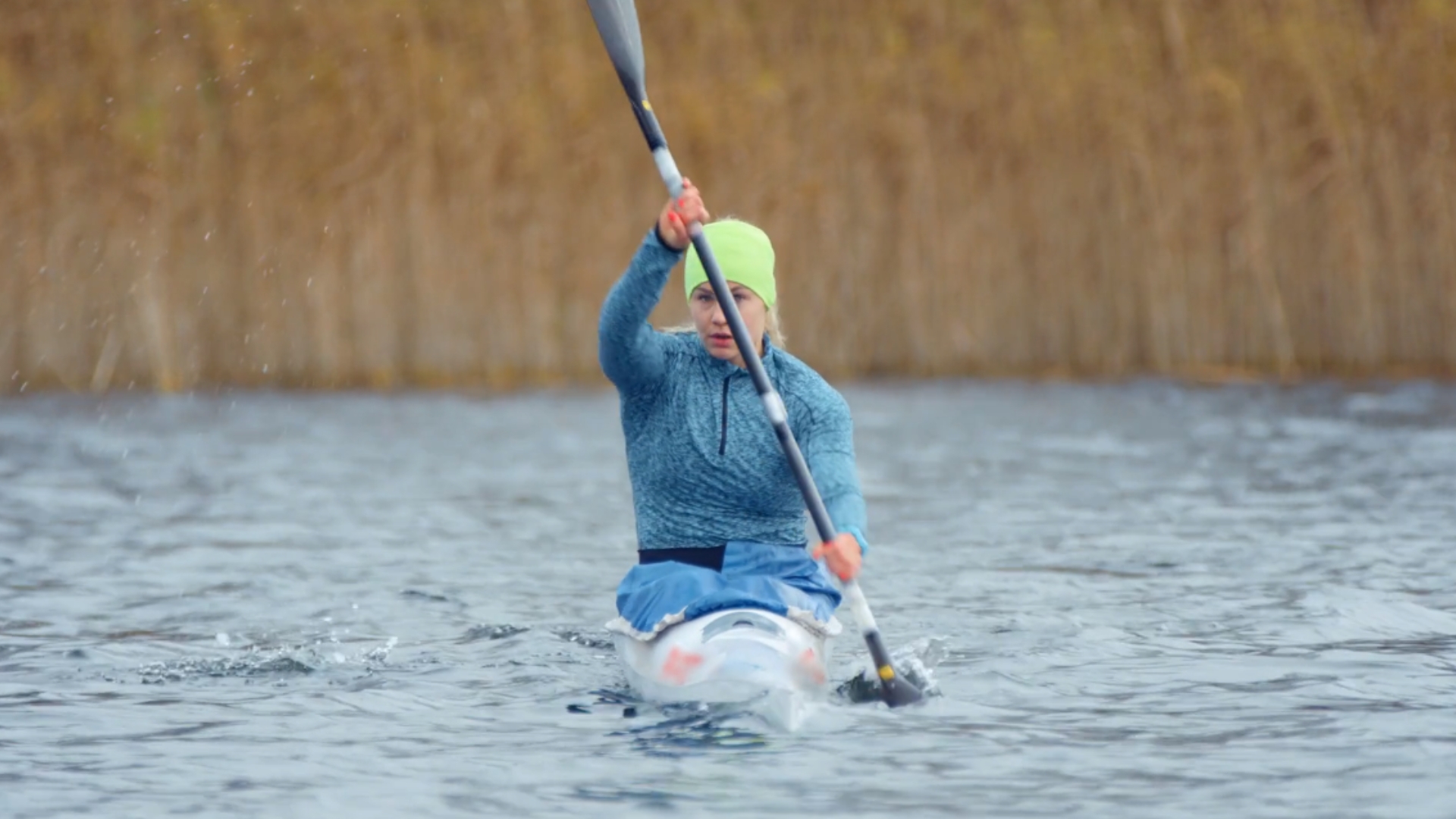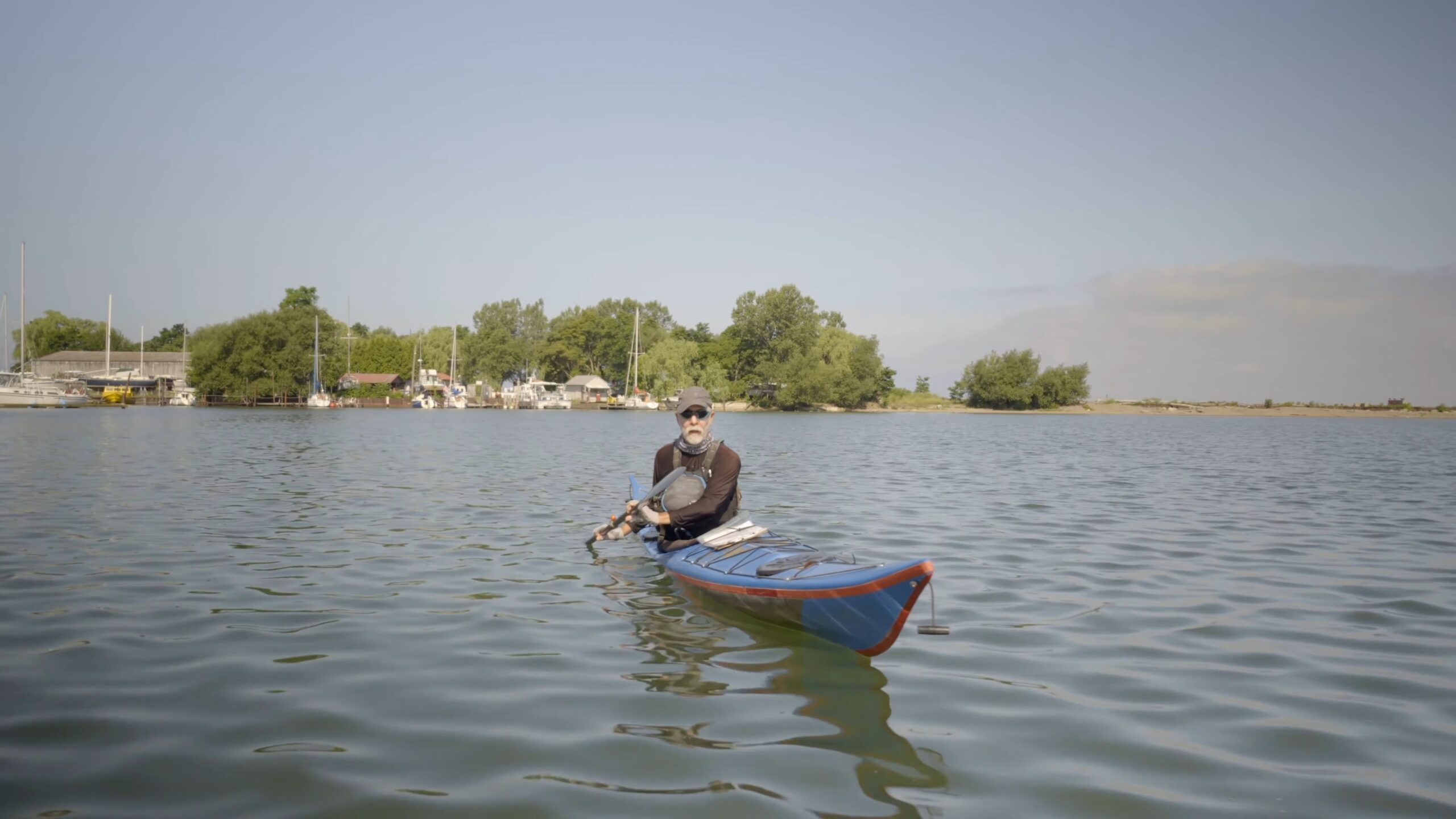As someone who once struggled to keep my kayak on course, discovering the stern rudder technique was a game-changer. I remember the early days of paddling, when steering my kayak felt more like a battle against the water than a harmonious glide. It was during one of these struggles that a fellow kayaker introduced me to the stern rudder technique.
At first, it seemed like just another paddling maneuver, but as I practiced, it transformed my kayaking experience. This technique not only improved my control over the kayak but also made my journeys more enjoyable and less exhausting.
Now, having mastered this skill, I want to share the insights and steps that helped me harness the true potential of paddling with the stern rudder technique.
Table of Contents
ToggleThe Importance of Stern Rudder in Kayaking
The stern rudder technique is crucial for directional control without losing momentum. It allows kayakers to make subtle or significant course adjustments while maintaining speed. This skill is particularly useful in conditions like strong currents, and winds, or when navigating through narrow passages.
Basic Mechanics

The technique involves using the paddle as a rudder at the stern (back) of the kayak. By positioning the paddle in the water and adjusting its angle, kayakers can steer the boat. The effectiveness of this technique depends on the paddle’s angle and the kayaker’s ability to balance force and precision.
Key Components of the Technique
1. Paddle Positioning: Proper paddle positioning is vital. The blade should be near the stern, partially submerged. The angle of the paddle determines the direction of the kayak – a more vertical angle results in a sharper turn.
2. Body Coordination: Body movement plays a significant role. The kayaker must coordinate torso rotation and arm movement to effectively use the paddle as a rudder without straining muscles.
3. Balance and Stability: Maintaining balance is crucial. The kayaker must adjust their weight distribution in response to the paddle’s movement to keep the kayak stable.
Step-by-Step Guide
Initial Position
Start by sitting upright with your feet firmly against the footpegs. Hold the paddle with a relaxed but firm grip.
Entering the Rudder Position
Gently move the paddle towards the stern. Submerge the blade partially in the water at the desired angle.
Executing the Turn
To turn, apply slight pressure on the paddle. For a right turn, the right blade should be in the water, and vice versa for a left turn.
Common Mistakes and Corrections

- Overturning – Avoid turning the paddle too sharply, as it can lead to oversteering. Practice applying gentle pressure for smooth turns.
- Losing Balance – If you feel unstable, focus on your core. Adjust your weight subtly to maintain balance.
- Inefficient Paddling – Ensure the paddle blade is not too deep or too shallow in the water. Find the sweet spot for effective steering.
Advanced Techniques and Variations
Adapting to Different Conditions
| Condition | Strategy |
|---|---|
| In Strong Currents | Use more forceful but controlled paddle strokes. Anticipate the current’s force and adjust accordingly. |
| In Windy Conditions | Winds can alter your course. Use the stern rudder technique in combination with forward strokes to keep on track. |
| In Choppy Waters | In choppy waters, focus on balance. Use shorter, more frequent rudder adjustments to maintain direction. |
Combining with Other Techniques
| Technique Integration | Description | Purpose |
|---|---|---|
| Stern Rudder with Forward Strokes | Integrate the stern rudder with forward strokes for continuous movement. | Effective for long-distance travel. |
| Stern Rudder with Bracing Strokes | Combine with bracing strokes to enhance stability. | Useful especially in rough waters for added stability. |
| Stern Rudder with Sweep Strokes | Use sweep strokes on the opposite side to complement the stern rudder. | Allows for sharper turns, beneficial in maneuvering. |
FAQs
Can the stern rudder technique be used in tandem kayaks, and if so, how does the coordination between the two paddlers work?
Yes, the stern rudder technique can be adapted for tandem kayaks. The key is coordination between the paddlers. Typically, the person in the rear (stern) handles the rudder control, while the front paddler continues with regular strokes. Communication is crucial to synchronize movements and ensure effective steering.
How does the stern rudder technique differ when used in a sea kayak compared to a river kayak?
In sea kayaking, the stern rudder technique often requires broader, more sustained movements due to the kayak’s length and the open water conditions. In contrast, river kayaking with a stern rudder might involve quicker, more agile adjustments due to the shorter length of river kayaks and the need to navigate around obstacles like rocks or rapids.
Is this technique effective in emergency situations, like avoiding sudden obstacles?
While the stern rudder is effective for general steering and course adjustments, it may not be the quickest response for emergency maneuvers. In such situations, a combination of quick sweep strokes and bracing might be more effective to rapidly change direction or avoid obstacles.
How does fatigue affect the effectiveness of the stern rudder technique during long kayaking trips?
During long trips, fatigue can reduce the effectiveness of the stern rudder technique, as it relies on arm strength and torso rotation. To combat this, it’s important to maintain good physical conditioning, use efficient paddle strokes to conserve energy, and take regular breaks to rest.
For beginners, what are the key focus areas to ensure they are learning the stern rudder technique correctly?
Beginners should focus on three key areas: paddle positioning (ensuring the blade is near the stern and partially submerged at the correct angle), body coordination (using torso rotation effectively), and balance (adjusting weight distribution to maintain stability). Starting with calm waters and practicing consistently will help in mastering the technique.
Final Thoughts
Mastering the stern rudder technique has been a transformative journey in my kayaking adventures. The days of aimless drifting and exhausting over-corrections are definitely gone! Now, each stroke is a confident and calculated move, guiding my kayak gracefully through the waters.
This technique has not just improved my control and efficiency; it has deepened my connection with kayaking as a sport and a form of meditation on the water.
For anyone looking to enhance their kayaking skills, I highly recommend dedicating time to mastering the stern rudder. I’ll say it’s a doorway to a more fulfilling and enjoyable kayaking experience.
Adelaide Gentry, a seasoned kayaking enthusiast and expert, is the driving force behind KayakPaddling.net. With over a decade of experience navigating the world’s most challenging waterways, Adelaide combines her passion for adventure with a deep knowledge of kayaking to provide insightful and practical guidance for paddlers of all levels.
Related Posts:
- 16 Best Kayak For Beginners 2024 - Kayaking Adventure Gear
- 10 Best Inflatable Kayak 2024 - Rivers, Lakes & Open Seas
- 12 Best Motorized Kayak 2024 - Start Your Aquatic Adventure!
- 13 Best Fishing Kayak Under $500 in 2024 -…
- 10 Best Kayaks For Fat & Heavy People 2024 - For…
- 13 Best Kayak Covers 2024 - Keep Your Kayak Safe and Sound












